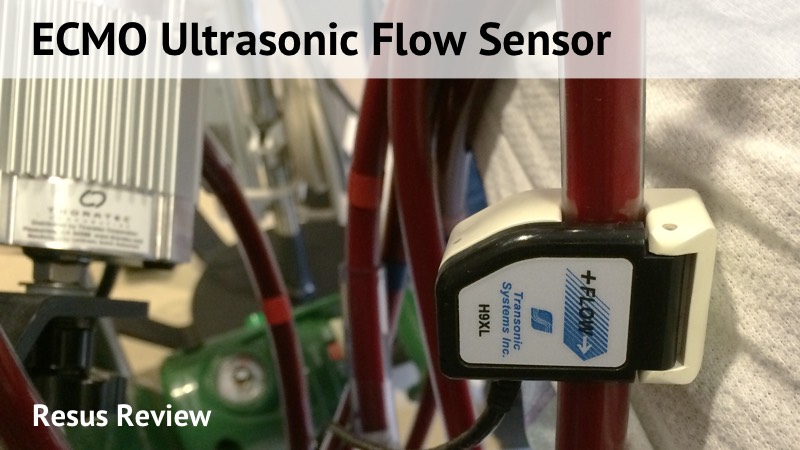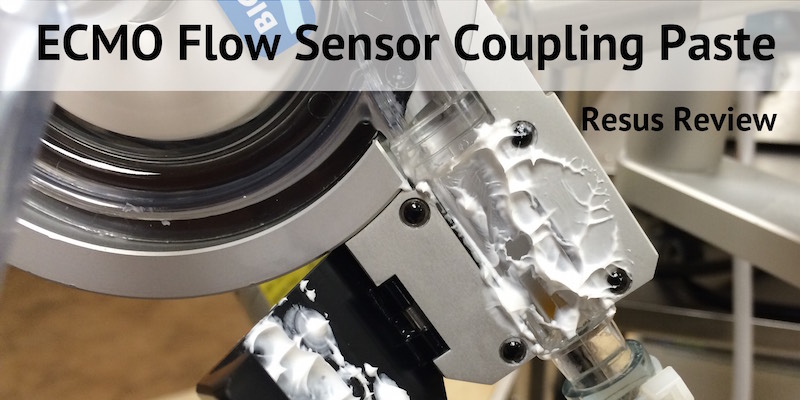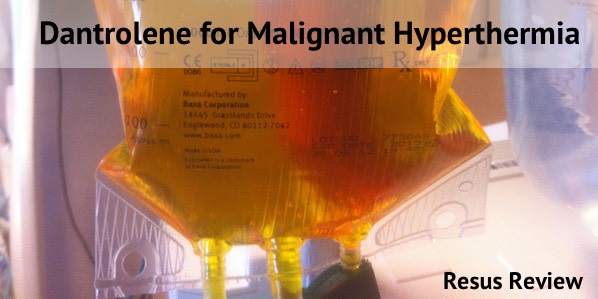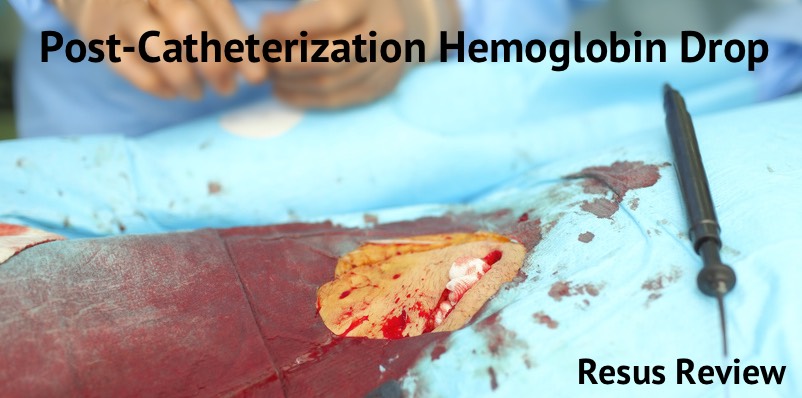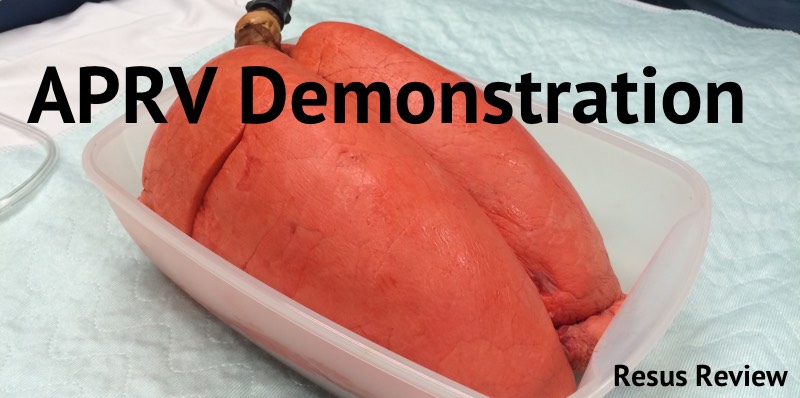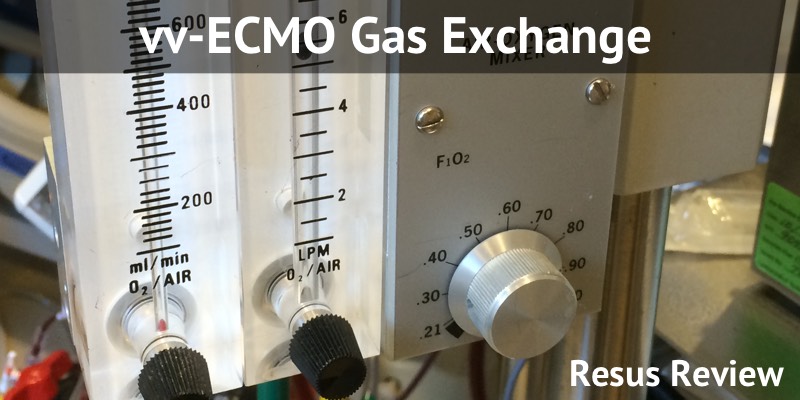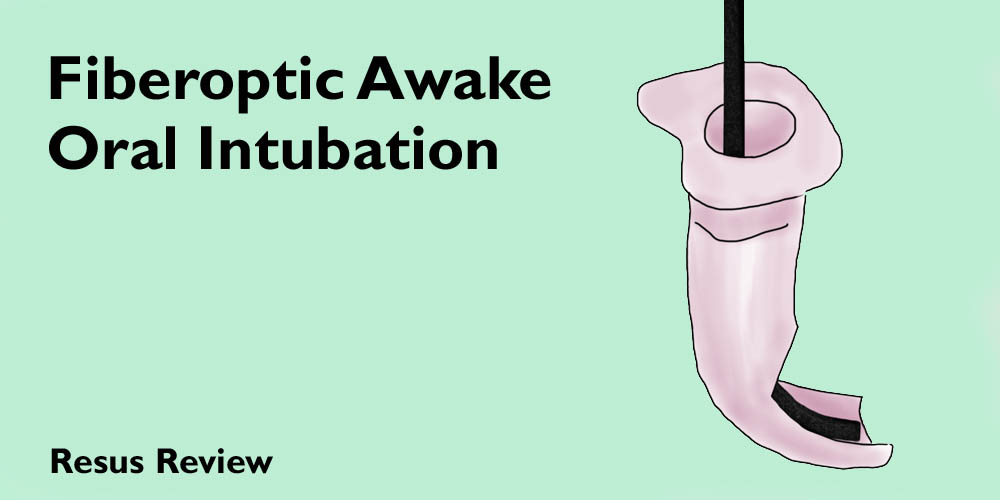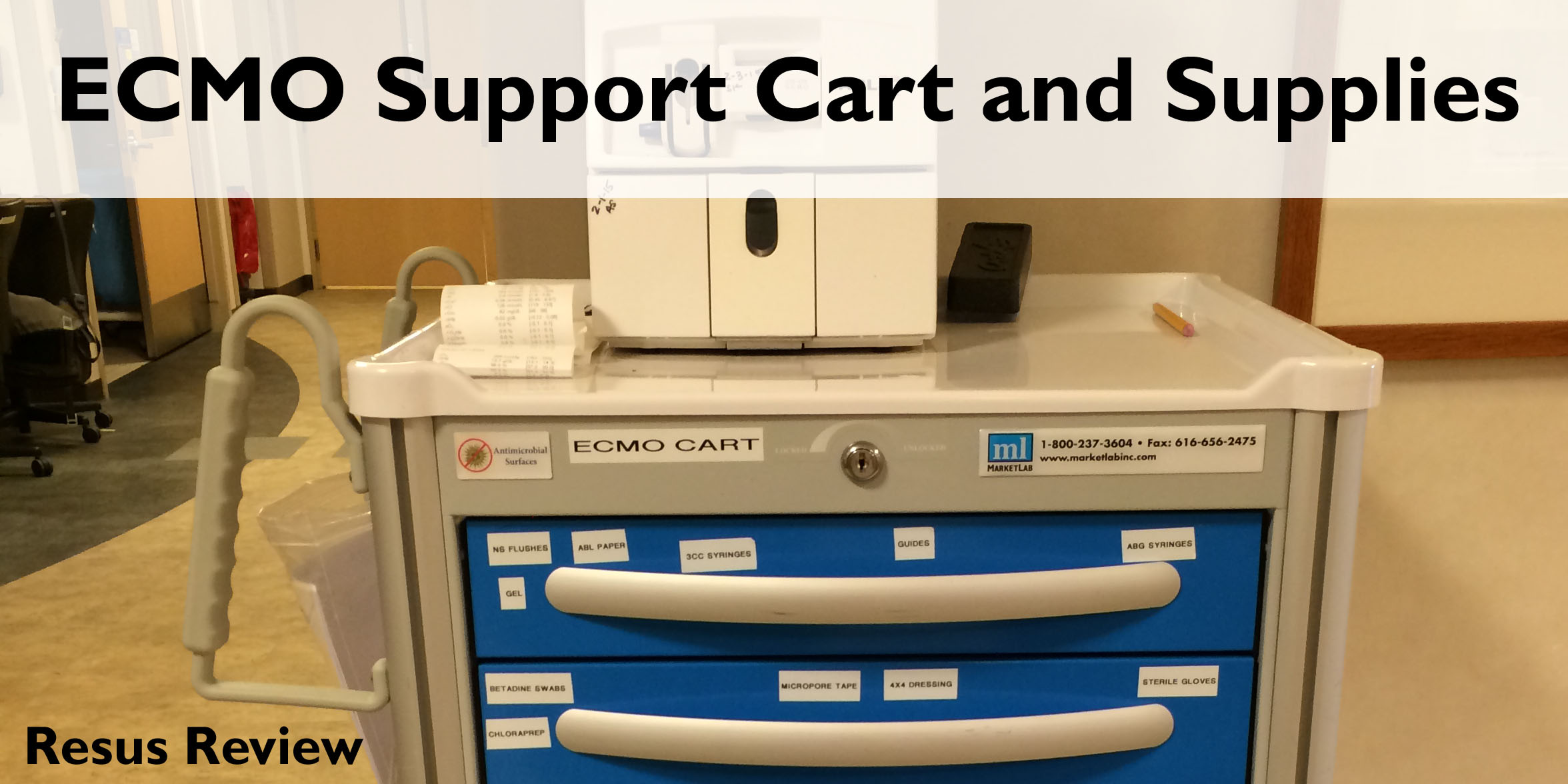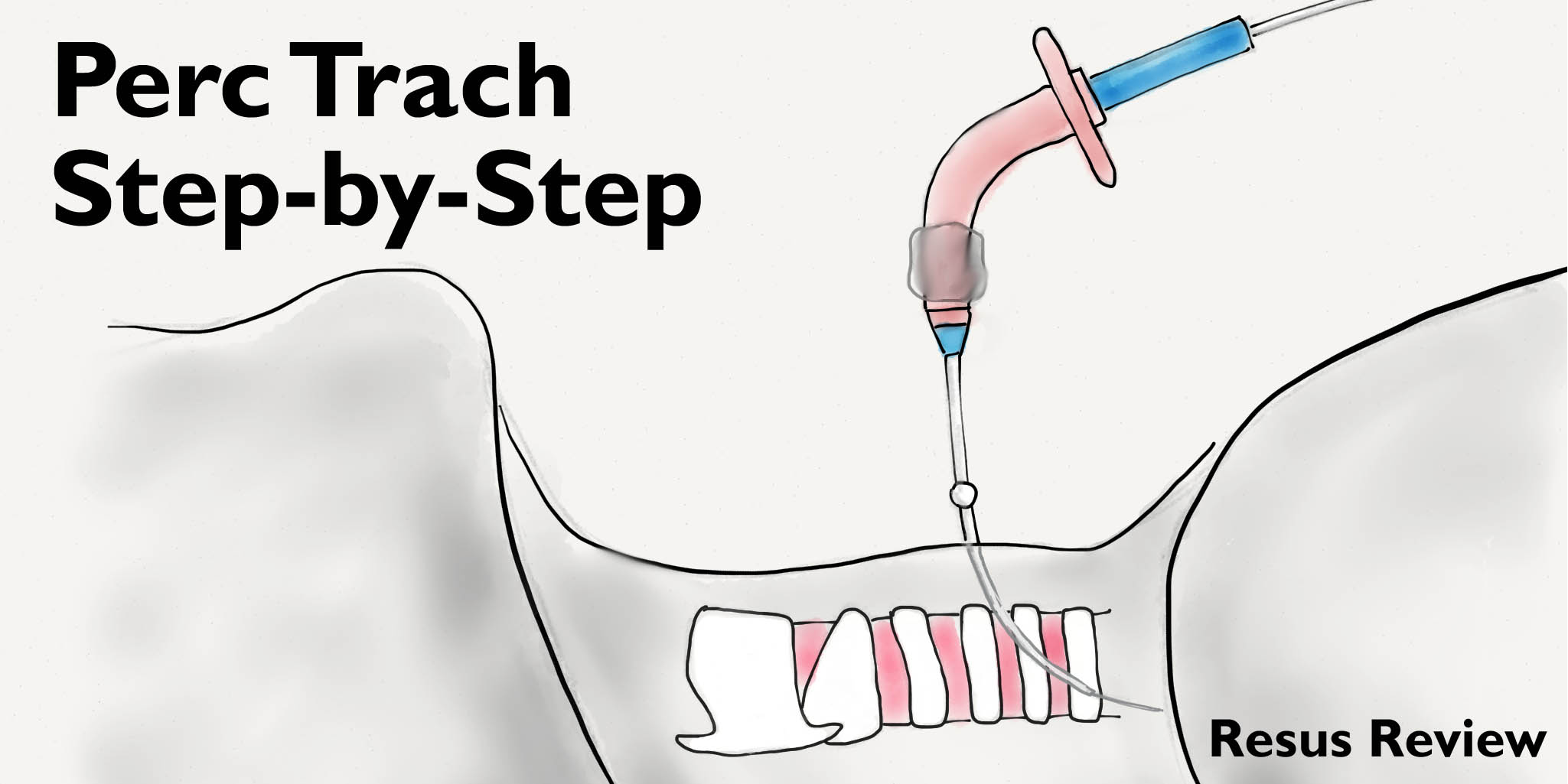ECMO Ultrasonic Flow and Bubble Sensor
Understand the workings and tips for best use of ECMO ultrasonic sensors. ECMO centrifugal flow pumps require external sensors to provide accurate measurement of blood flow rates based on differential acoustic transit time due to the Doppler effect. The acoustic mirror of bubbles allow for easy detection of air in the line also.
